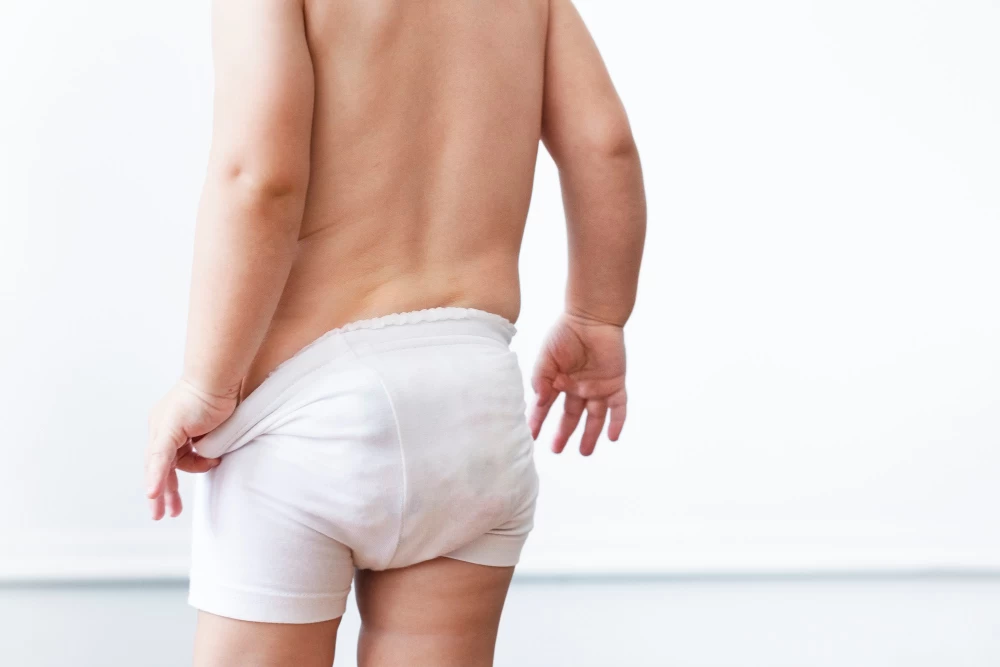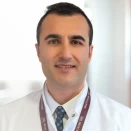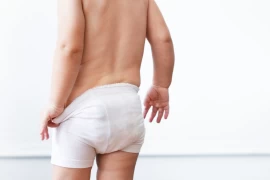
Varicocele Treatment
- Varicocele Treatment
- What is Varicocele?
- What are the Symptoms of Varicocele?
- How is Varicocele Diagnosed?
- How is Varicocele Diagnosed?
- In Which Situations Should Varicocele Be Treated?
- Varicocele Treatment
What is Varicocele?
Varicocele is the clinical name given to the varicose-like enlargement of the testicular veins in the legs that drain the blood. It is one of the most common and correctable causes of male infertility. While it is seen at a rate of 15-20% in the general population in adulthood, it is observed at a rate of 25-40% in men investigated for infertility. Secondary infertility, that is, in those who have had a child before and apply for a child again, this rate can reach up to 60%. Varicoceles were found in 25% of men with infertility complaints with abnormal sperm analysis. Clinically, varicocele is most common (75-95%) in the left ovary.
Varicocele can cause infertility by impairing sperm quality, can negatively affect the production of male hormone (testosterone) from the testicles, as well as cause pain and a feeling of fullness in the testis. Infertility due to varicocele may be due to many factors such as increased testicular temperature, increased venous pressure, increased testicular blood flow, hormonal disorders, accumulation of toxic substances, increased reactive oxygen species, increased germ cell apoptosis and molecular/genetic changes.
What are the Symptoms of Varicocele?
Symptoms are very important for the diagnosis and treatment of varicocele disease.
Varicocele on testis;
- Swelling
- Fluffiness
- It may give symptoms in the form of pain in the testis.
The enlargement of the veins becomes clear enough to be seen from the outside after a while and may take a varicose-like shape seen on the legs. In addition to swelling in the testicles, sweating and a feeling of warmth are among the symptoms of varicocele. Rarely, shrinkage of the testicles occurs, and this can be seen in some patients as one of the symptoms of varicocele.
How is Varicocele Diagnosed?
Careful people can identify varicocele from irregularity, swelling, or pain on the testicle during self-examination. The diagnosis of varicocele is mostly made during the doctor's examination in applications made with the complaint of infertility. And also; If pain occurs after situations that require effort such as standing for a long time, sports or sexual activity, this may also indicate varicocele.
How is Varicocele Diagnosed?
Examination by an experienced urologist is the most important method in diagnosis. The examination must be done standing up. Physical examination is the most valuable method. According to the examination, varicocele is divided into 3 degrees:
- Grade I: It is the mildest grade. In the standing examination, the veins are seen only with maneuvers such as coughing/straining.
- Grade II: It is the stage in which there are dilated veins that can be seen in the palpation examination without the need to increase the intra-abdominal pressure in the standing examination.
- Grade III (grade III): The most severe grade. Varicose veins can be seen with the standing eye. It is revealed by feeling the varicose veins with the hand in cases that increase intra-abdominal pressure.
The second step in the diagnosis is scrotal color Doppler ultrasonography, which is performed in the presence of conditions that make the physical examination difficult. With this examination, the diameters of the diseased veins and whether the dirty blood returns to these veins and whether there is a loss of volume in the testis are revealed.
Subclinical Varicocele: It is the name given to varicocele that could not be detected in physical examination, but diagnosed by radiological methods. The effect of treating subclinical varicocele on sperm parameters and pregnancy rates has not been conclusively proven.
In Which Situations Should Varicocele Be Treated?
• Having a palpable varicocele,
• The couple's known infertility complaint,
• The female partner's fertility is normal or there is a potentially correctable cause of infertility,
• The male partner has one or more abnormal sperm parameters (impaired sperm count, motility or morphology) or sperm function tests.
Varicocele Treatment
Microsurgery (microscopic) Varicocele Surgery is the most accepted treatment method all over the world for the surgical correction of varicocele disease. An operating microscope is used in this surgery. This microscope provides a better visualization of vascular structures with magnifications up to 15 times. While the venous structures that need to be removed due to impaired blood flow are cleaned, the arteries, lymphatic vessels and sperm duct that bring blood to the testicles are preserved. With this method, complication rates such as varicocele recurrence, arterial injury and postoperative hydrocele formation (fluid collection in the testis) are the lowest, and postoperative sperm parameters recovery and pregnancy rates are higher than other methods. After varicocelectomy surgery, it is possible to return to daily work after 1 day of rest at home. Sexual activation is allowed after 1-2 weeks, and heavy work and sports activities are allowed after 2-4 weeks.



